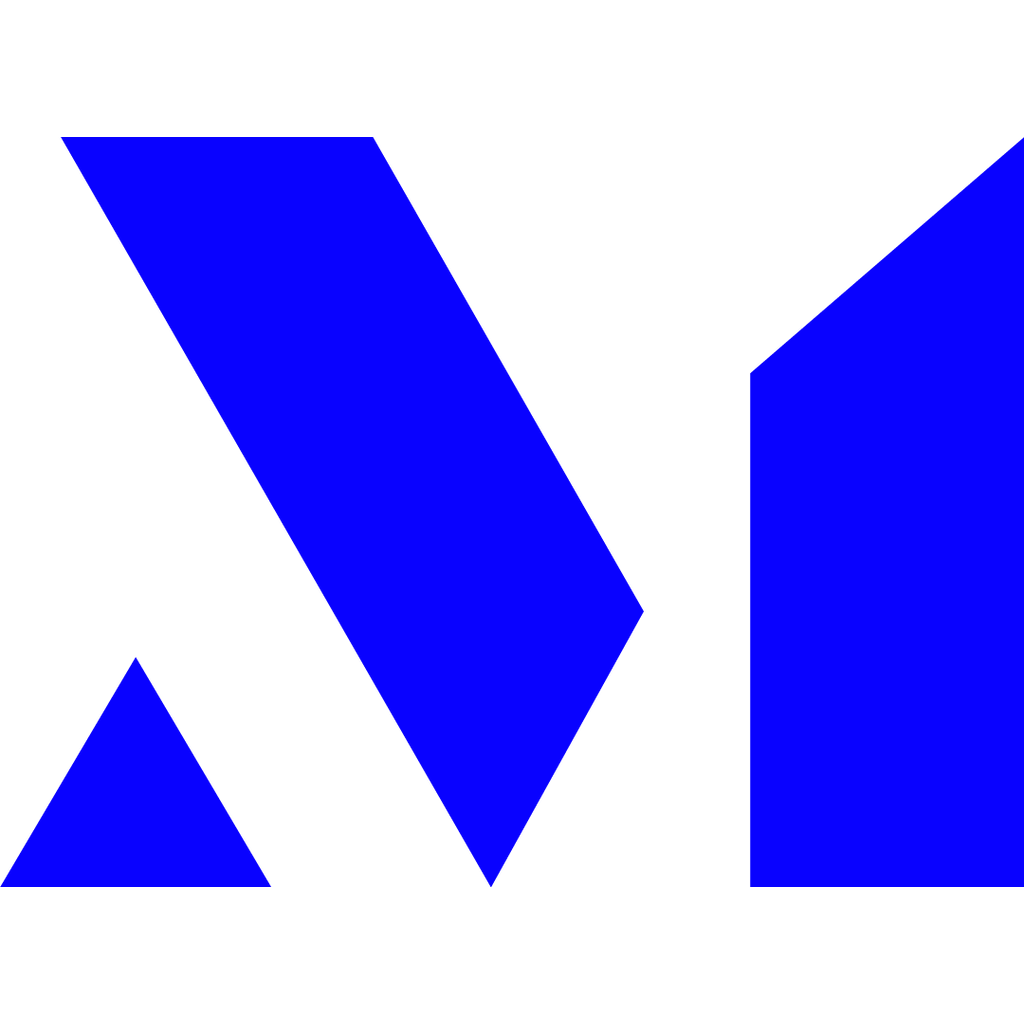You Don’t Need Permission or Funding to Start
When I started my first real venture, I didn’t have outside capital. Or advisors. Or even health insurance. But I did have clarity: sell something valuable, and do it fast. That’s what most founders miss when they chase funding first. You’re not broke - you just might be solving the wrong problem or trying to boil the ocean.
Being resource-constrained is a gift. It forces you to prioritize. It pulls your head out of “what if someday” and into “what can I do this week that moves us forward?” So if money’s tight, here’s how you get scrappy and build something customers will pay for - without a deck, funding, or logo design contest.
Step 1: Launch Something Worth Paying For
MVP doesn’t mean broken or half-functional - it means valuable enough that someone hands you cash now.
A lot of founders waste months building. You can validate faster by skipping code entirely. Sell the outcome, not the tech. Ask yourself:
- What’s the fast, low-cost way to prove people want this?
- Can I make a version of it using tools like Google Forms, Zapier, or Airtable?
- Will someone pay me to do the unscalable thing first?
Case in point: One founder I worked with validated her SaaS idea by offering the service manually for local doctors. That led to exponential insight - what features people actually wanted - and customers ready to switch when the real product came out.
Want to build momentum? Revenue fixes a lot of problems. Focus there first.
Ready to drive more growth & achieve bigger impact?
Leverage my 25+ years of successes and failures to unlock your growth and achieve results you never thought possible.
Get StartedStep 2: Ruthlessly Control Burn
I’m always surprised how quickly founders blow money on tools, agencies, or startup theater. If it doesn’t get you a user or revenue, cut it.
Here’s where founders overpay:
- Fancy offices like WeWork (you’re not Google)
- Freelancers who do what you can do yourself (at first)
- Pointless tech stacks (skip the overbuilt website - use Carrd or Webflow)
- Paid ads without a working funnel (aka flushing money)
Instead:
- DIY what you can to learn (yes, even marketing and sales)
- Barter services when you lack cash
- Use no-code tools to build v1 fast (Bubble, Outseta, Notion, etc.)
- Start on freemium plans - it’s fine to upgrade later
Every dollar you don’t spend is runway you buy.
Check out this quick framework on managing product risk and learning from small wins: Rely on speed and experimentation
Step 3: Sell Before You’re “Ready”
Build your distribution while you build your product. The best founders don’t hide in “stealth.” They talk to customers early and often.
Here’s how:
- Start sharing your journey: LinkedIn > X > Newsletters
- Collect emails with intent: “Want early access? Sign up here.”
- Sell pilots upfront to fund product development
- Ask for referrals every time someone says “this looks interesting”
Remember, you’re not selling vapor - you’re painting a picture someone wants in their life. You can still be honest: “This is early, but I’m solving X for people just like you, and it’ll save you Y.”
Want to handle customers before you have a product? That’s good. Pressure makes your instincts sharper.
Look at Ubiqi Health - their early traction came not from writing code, but testing real-world value fast.
Step 4: Build a Lean Network
Your first believers aren’t investors. They’re humans who help you grow.
Find four types of people fast:
- A fellow builder (accountability/reflection)
- A marketer or seller (who loves distribution)
- A domain-specific mentor (someone who's lived it)
- Customer zero (ideally paying or close to it)
How to find them?
- Go where they’re active (Slack groups, forums, founder dinners)
- Offer value first (feedback, share their stuff, intro them)
- Ask great questions that show you’re doing the work
Don’t just “network.” Build trust. Follow up. Stay visible.
Ready to drive more growth & achieve bigger impact?
Leverage my 25+ years of successes and failures to unlock your growth and achieve results you never thought possible.
Get StartedStep 5: Use Constraints to Your Advantage
You don’t have a team? Great - it means faster decisions.
You don’t have investors calling? Even better - no pressure to inflate growth prematurely.
Lean environments force you to do the work that others avoid:
- Talk to 50 customers
- Iterate your pitch weekly
- Write your own landing pages based on customer voice
Constraints build skills. When you do raise - or grow naturally - you’ll be the kind of founder who knows how the machine works, because you built it from scraps.
One of the most relevant articles here? Why chasing benchmarks kills innovation
Step 6: Keep Metrics Simple
You don’t need a dashboard full of vanity metrics. What you do need:
- CAC (Customer Acquisition Cost)
- LTV (Lifetime Value), even a rough guess
- MRR if B2B SaaS / GMV if marketplace
- Your weekly active efforts - a # of emails, demos, calls
Don’t obsess over monthly reports when there are no users yet. Optimize for velocity and learning, not graphs.
Build a weekly habit:
- What did we test?
- What did we learn?
- What’s the next question to answer?
Ready to drive more growth & achieve bigger impact?
Leverage my 25+ years of successes and failures to unlock your growth and achieve results you never thought possible.
Get StartedHere’s a cheat sheet of how to prioritize actions depending on how broke - or resourceful - you are.
| Stage | Revenue Focus | Tool Recommendation | Action Priority | Time Investment |
|---|---|---|---|---|
| Just Starting | Manual Service Fees | Google Forms + Zapier | Talk to 10 prospects | High |
| Validation | Pilot Offers | Notion/Mailchimp | Build landing page / messaging | High |
| MVP Out | Pre-sale Upgrade Plans | Stripe, Gumroad | Email launch list + beta test | Medium |
| Growth | Subscription or GMV | Outseta, Webflow, Airtable | Systemize onboarding or outreach | Medium |
| Optimization | Referrals / Retention | Customer.io / Typeform | Retention experiments | Medium |
Reflection: You Don’t Need Permission to Start
Building with no money is hard. But chasing funding too early is harder. It often leads to fragile ideas, fake momentum, and founders solving investor problems instead of customer problems.
If you’re short on cash, good. Take it as a sharpened axe, not a broken compass.
Use what you have. Make something useful. Stay close to the humans you’re helping. And if you want lasting leverage? Prove you can generate revenue before you generate buzz.
Remember: lean is not about cheap. It’s about focus.
👉 Want more playbooks like this? Check out marketplace growth strategies next, or read this story about bootstrap lessons from Ubiqi Health to see how lean can turn into leverage.
Ready to drive more growth & achieve bigger impact?
Leverage my 25+ years of successes and failures to unlock your growth and achieve results you never thought possible.
Get Started




